Engineering > Lab Report > Dry Sieve Analysis Excellent Lab Report 100% Complete (All)
Dry Sieve Analysis Excellent Lab Report 100% Complete
Document Content and Description Below
Soil is formed from different materials such as gravel ,sand, silt, clay or a mixture of these materials. Soil is normally classified based on its properties and characteristics. A sieve analysis is... a practice or procedure are use to assess the particle size distribution of a granular material.The size distribution is often of critical importance to the way the material performs in use. A sieve analysis can be performed on any type of non-organic or organic granular materials including sands, crushed rock, clays, granite, coal, soils, a wide range of manufactured powders, grain and seeds, down to a minimum size depending on the exact method. Sieve analysis is believed to be the oldest geotechnical engineering laboratory undertaken to classify the soil based on its grains. The soil classification will be able to determine the characteristics of soil when load is applied, the range of grain sizes in soil mass, the shape of grain in soil layers and the structure stability of the soil. 2.0 OBJECTIVE The sieve analysis determines the grain size distribution curve of soil sample by passing them through a stack of sieves of decreasing mesh opening sizes and by measuring the weight retained on each sieve. The sieve analysis is generally applied to the soil fraction larger than 63μm. 3.0 THEORY (BS1377 : Part 2:1990:9.3), Sieving can be performed in either wet or dry conditions. Dry sieving is used only for soil with a negligible amount of plastic fines such as gravels and clean sands, whereas wet sieving is applied to soils with plastic fines. According to the British Standard, dry sieving may be carried out only on materials for which this procedure gives the same results as the wet-sieving procedure. This means that it is applicable only to clean granular materials, which usually implies clean sandy or gravelly soils that is soils containing negligible amounts of particle of silt or clay sizes. Normally the wet-sieving procedure should be followed by all soils. If particles of medium gravel size or larger are present in significant amounts, the initial size of the sample required may be such that riffling is necessary at some stage to reduce the sample to a manageable size for fine sieving. BS 1377: 1990, allows either wet or dry sieving to be used, but the wet method is preferred. After oven drying, the test sample mass is determine before being separated into two parts, the first comprises that retained on a 20 mm sieve and the second that passing 20 mm. The greater than 20 mm is dry sieves, while the smaller is wet sieve prior to being re-sieved dry. The sieve used are generally chosen from the range (in mm) of 75, 63, 50, 37.5, 28, 20, 14, 10, 6.35, 3.35, 2, 1.18, 0.6, 0.425, 0.3, 0.212, 0.15, and 0.063 . The mass retained on each sieve is recorded, from which the percentages of the sample passing each sieve can be calculated. Material passing the 63 micron (0.063mm) sieve is retained for a fine particle analysis, if the amount justifies the further test. The combined results of the coarse and fine analyses are ploted on a semi-logarithmic graph of the form show in Figure 1.0, to give the particle size distribution curve. Figure 1: Particle size grading curves of some typical soil 4.0 TEST EQUIPMENTS 1. A series of standard sieves with opening ranging from 7.5cm to 63μm including the cover plate and bottom pan. 2. Test sieve having the following aperture size 10mm, 6mm, 1mm, 0.6mm, 0.3mm, 0.15mm, 0.063mm. 3. Mechanical sieve shaker. 4. Balances sensitive 0.5g. Figure 2: A series of standard sieves and mechanical sieve shaker. 5.0 PROCEDURES 1. Oven dry the sample, allow it to cool and measure its weight. 2. Select a stack of sieves suitable to the soil being tested. A stack of six or seven sieves is generally sufficient for most soils and applications. The top sieve soil should have an opening slightly larger than the largest particles. Arrange the stack of sieves so that the largest mesh opening is at the top and the smallest is at the bottom. 3. Attach a pan at the bottom of the sieve stack. Pour the sample on the top sieve. Add the cover plate to avoid dust loss of particles while shaking. [Show More]
Last updated: 1 year ago
Preview 1 out of 11 pages

Reviews( 0 )
Document information
Connected school, study & course
About the document
Uploaded On
Aug 10, 2021
Number of pages
11
Written in
Additional information
This document has been written for:
Uploaded
Aug 10, 2021
Downloads
0
Views
161


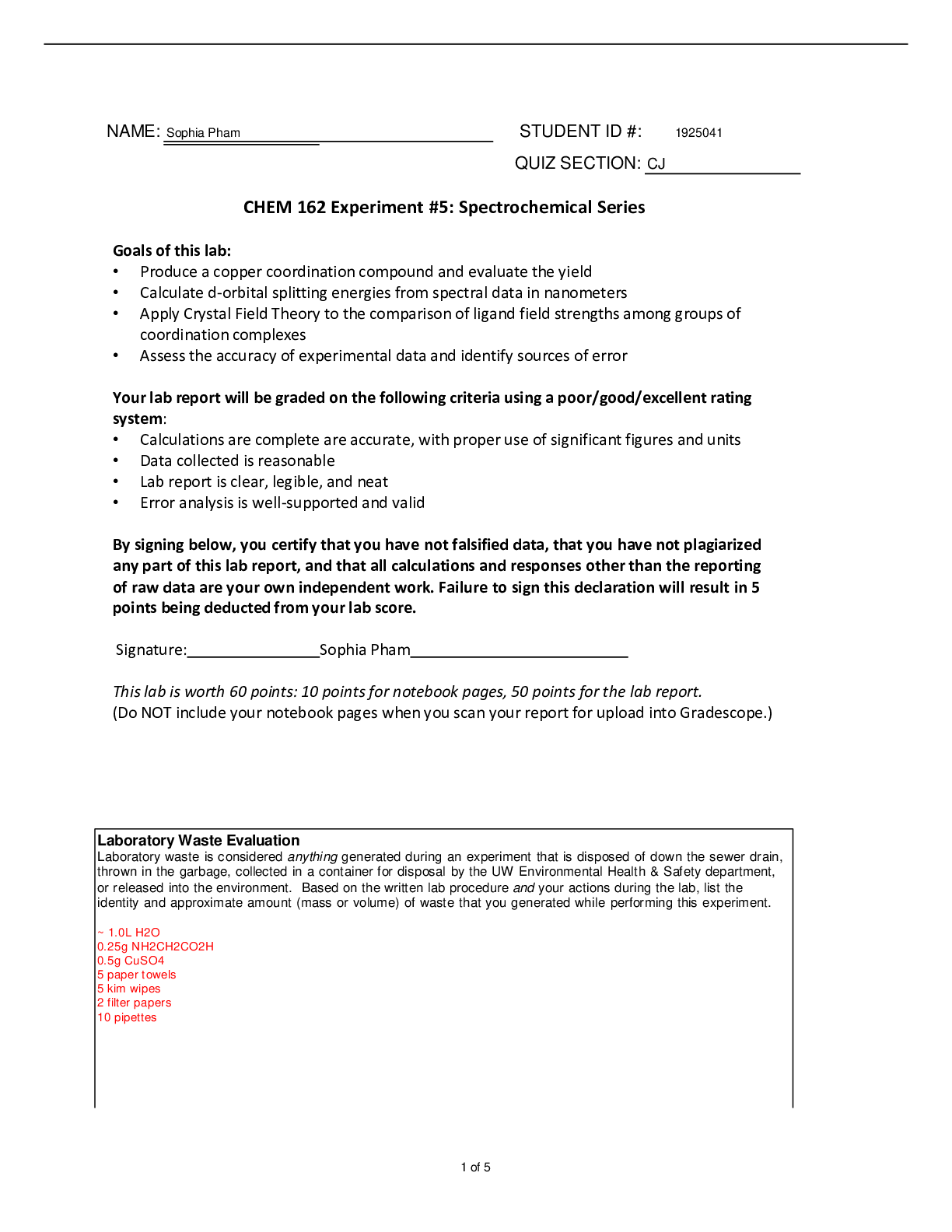

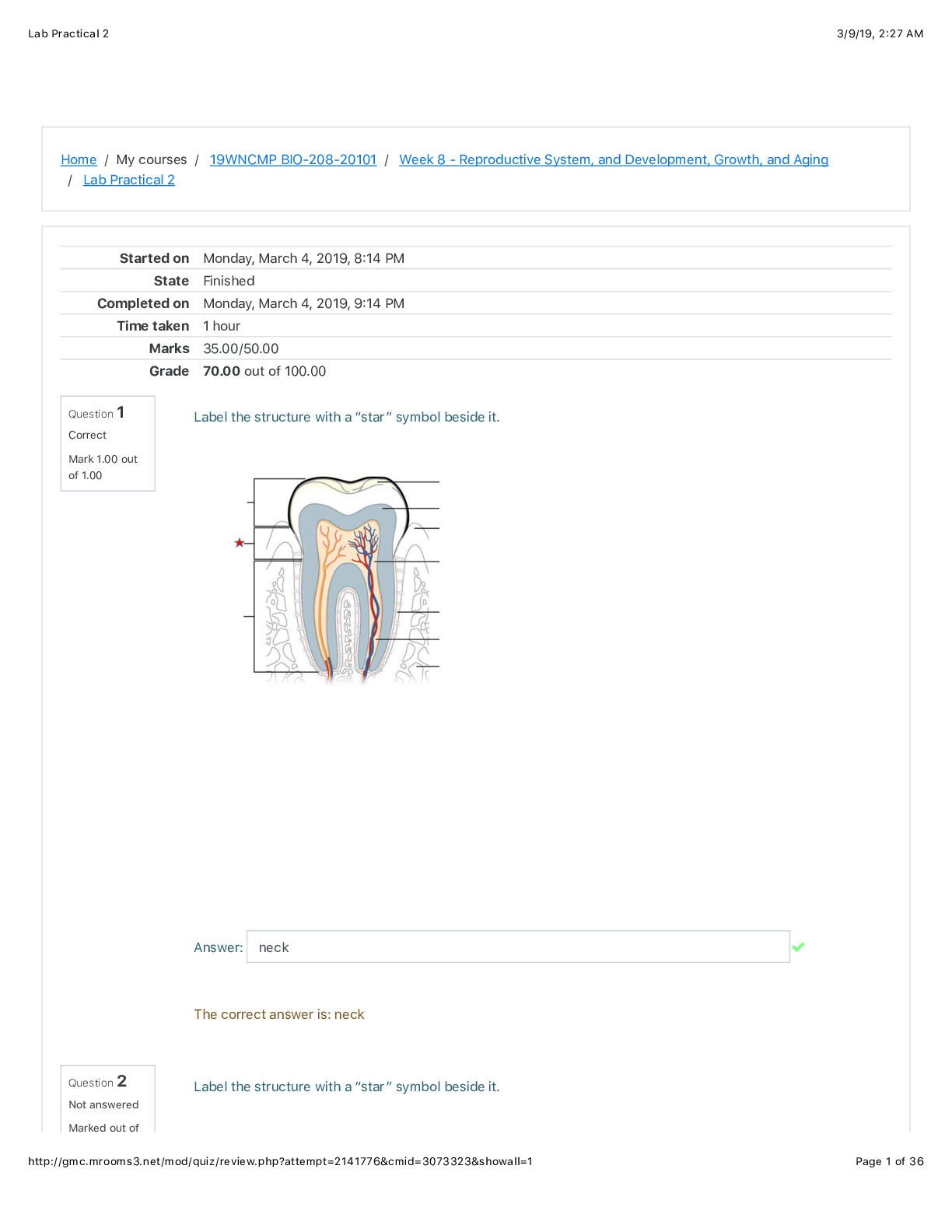


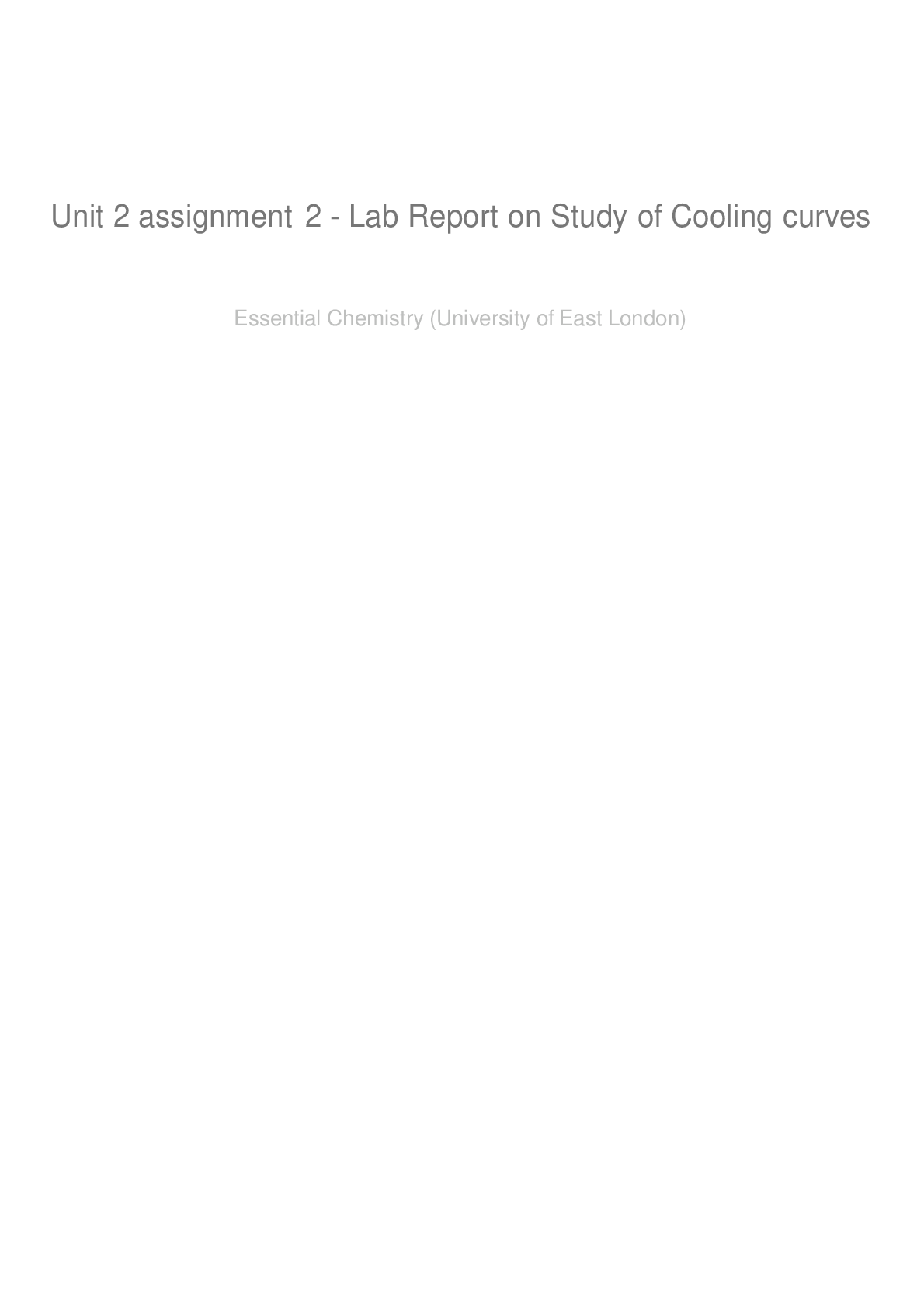
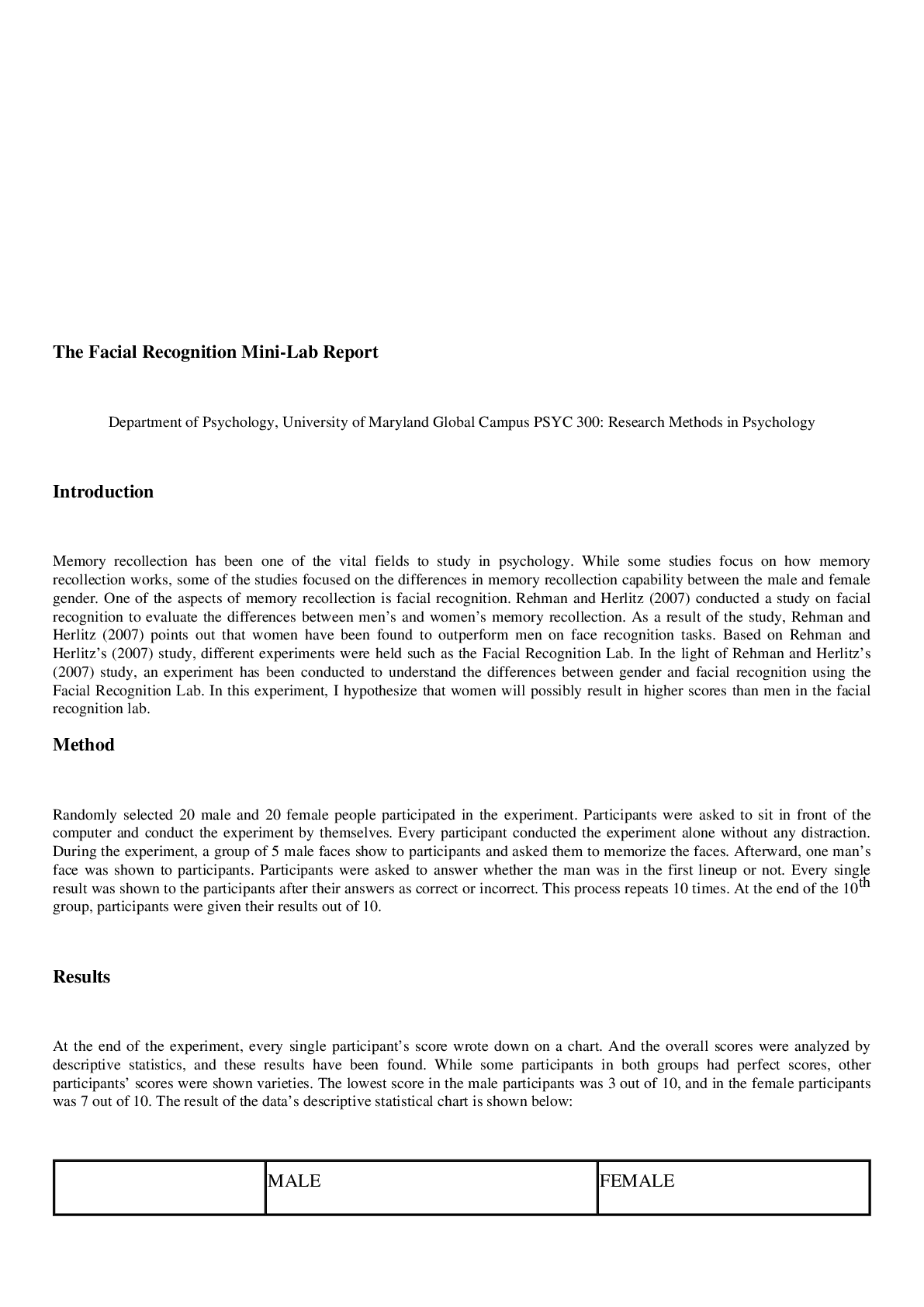
 (1).png)
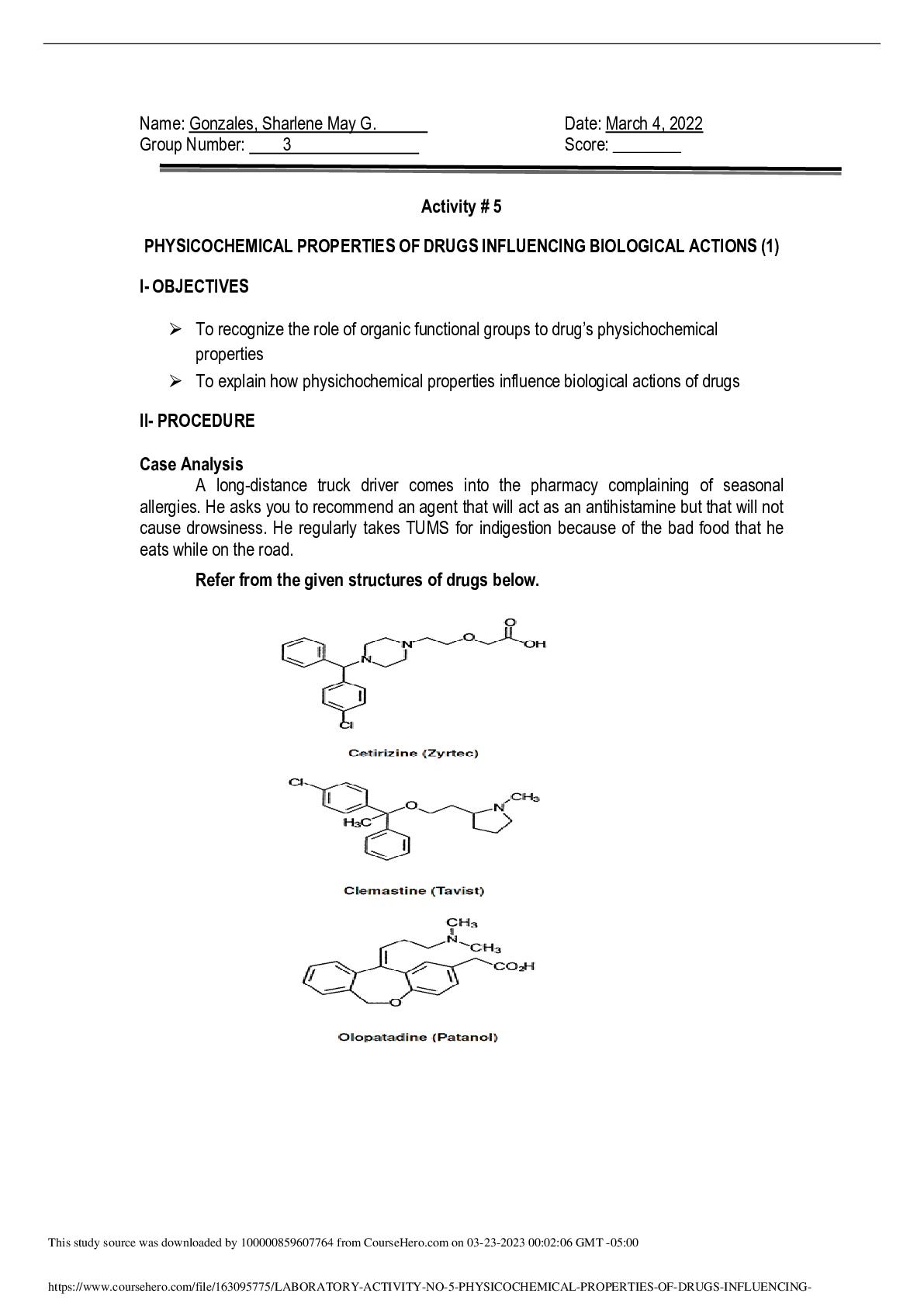
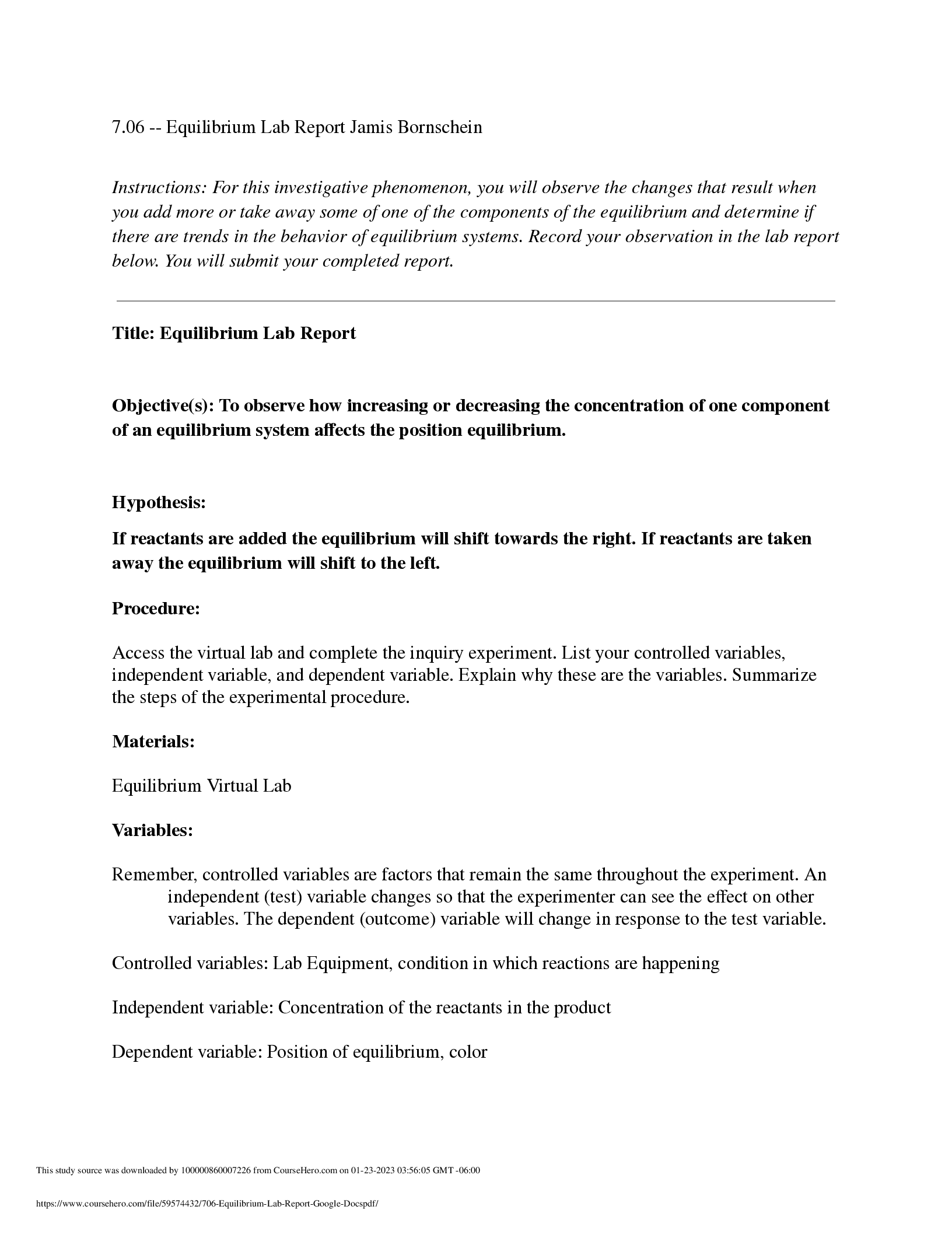
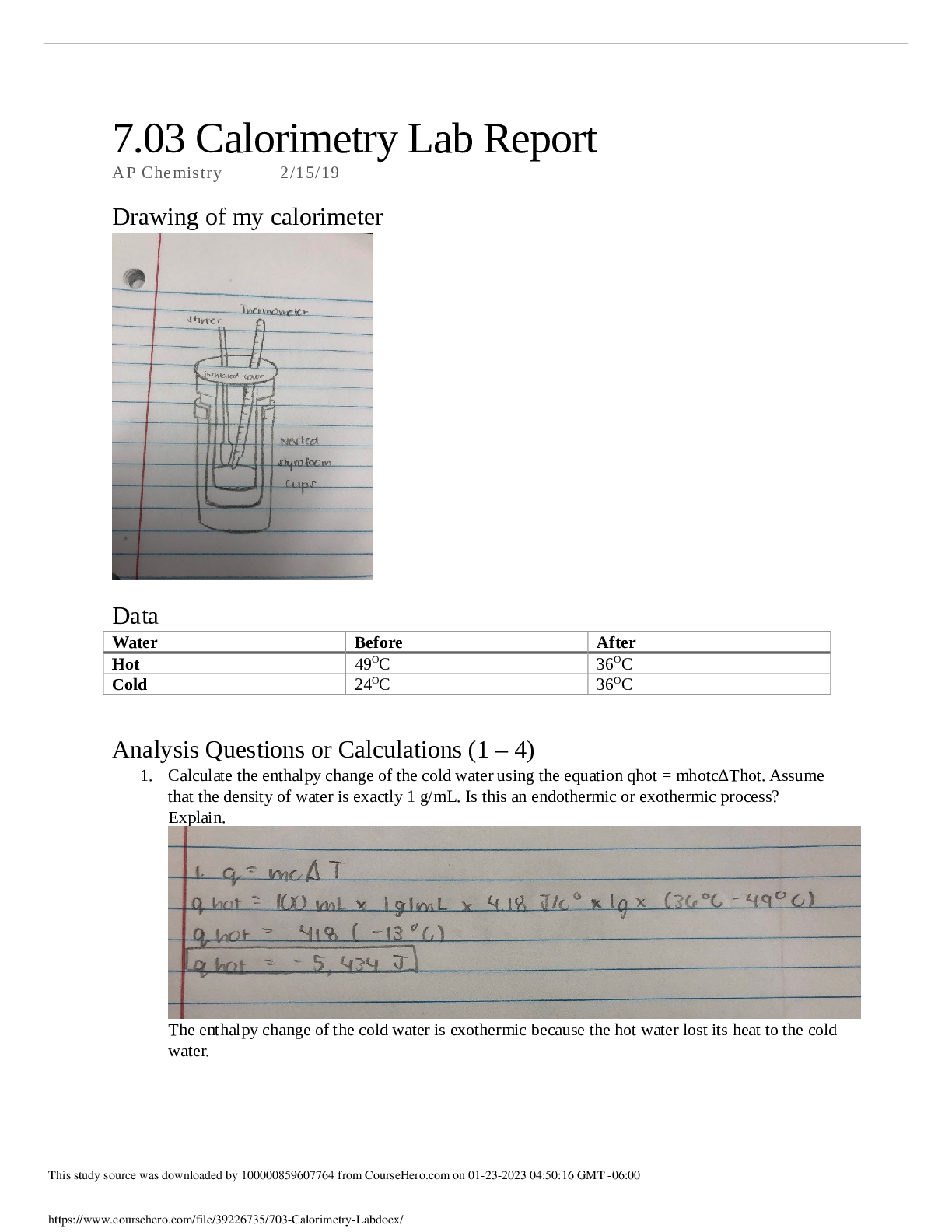



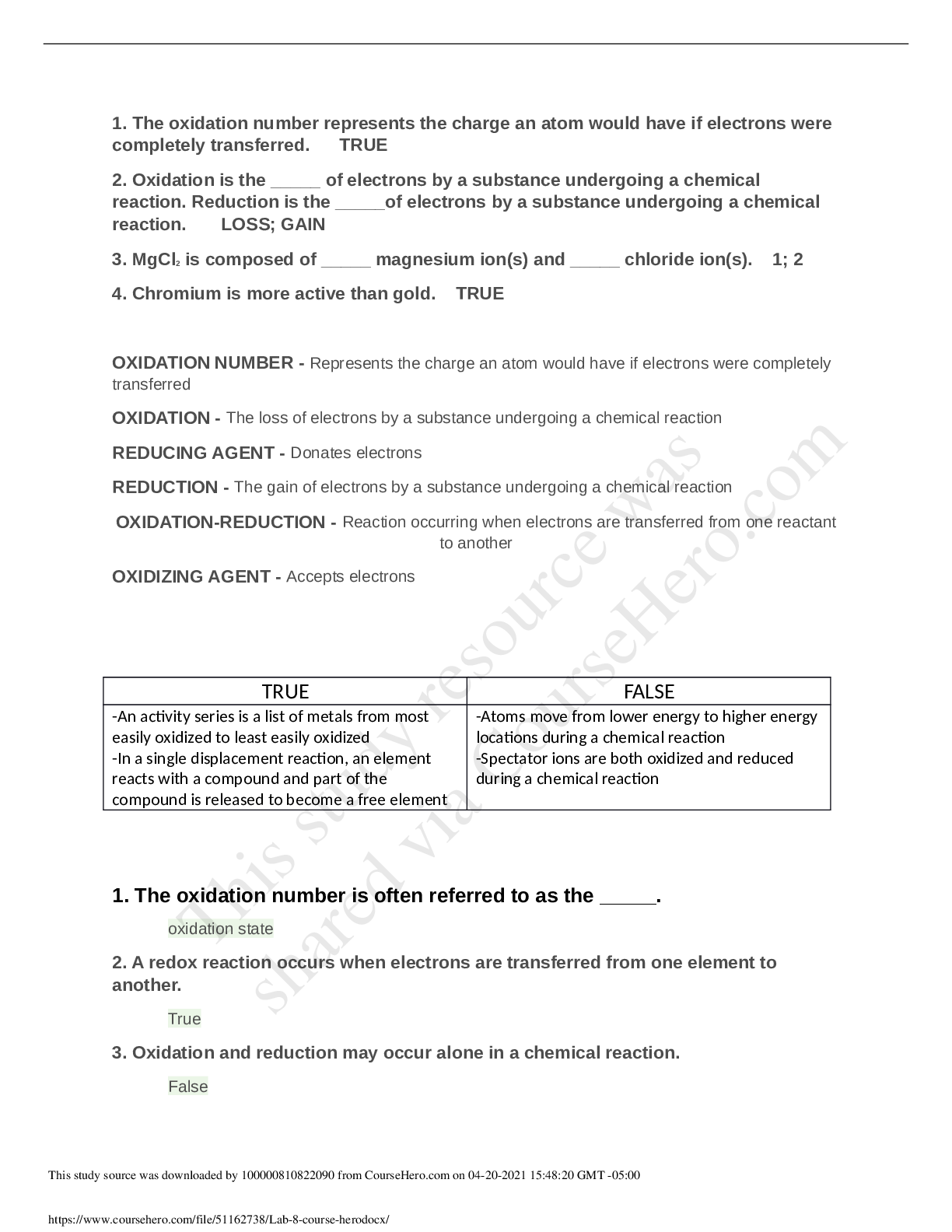

.png)
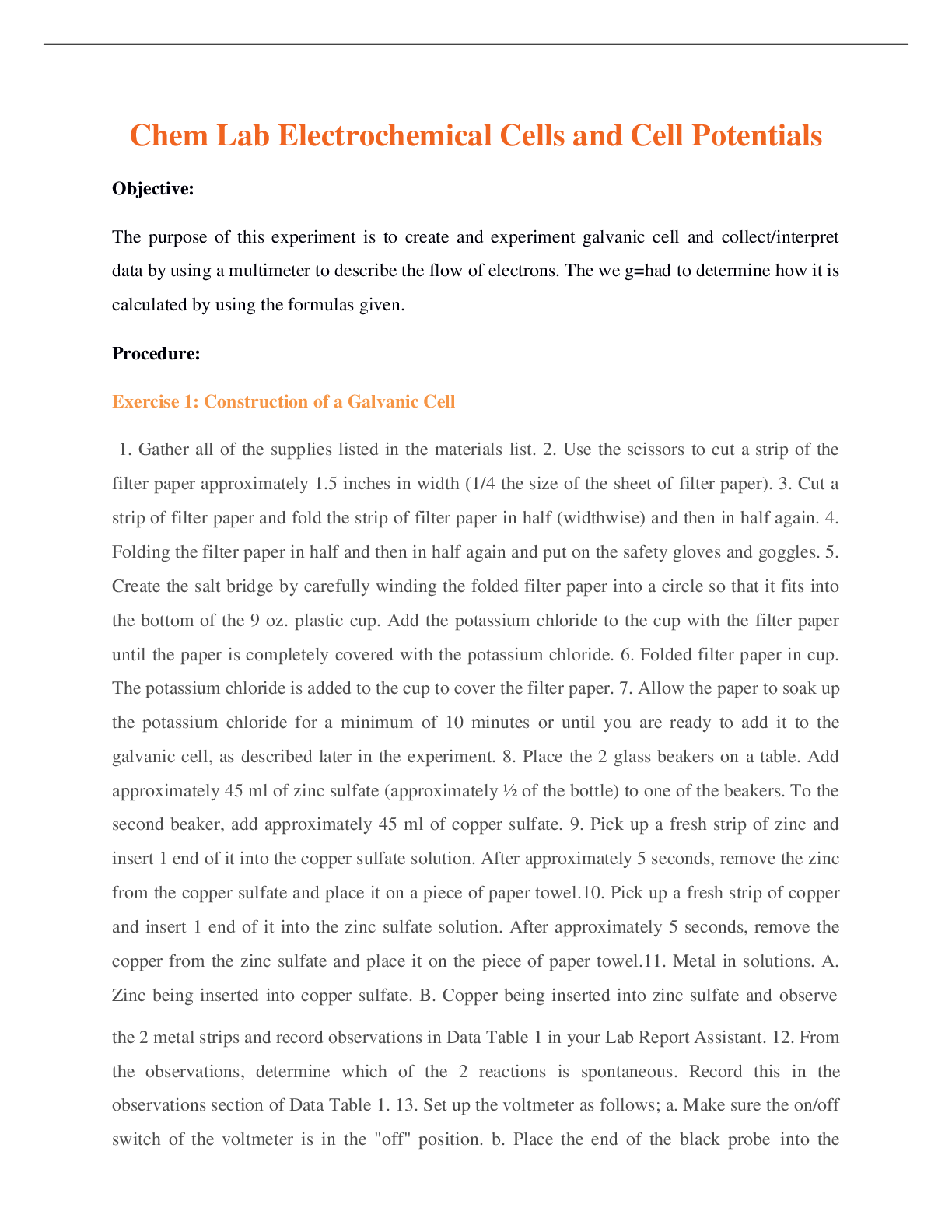
.png)

